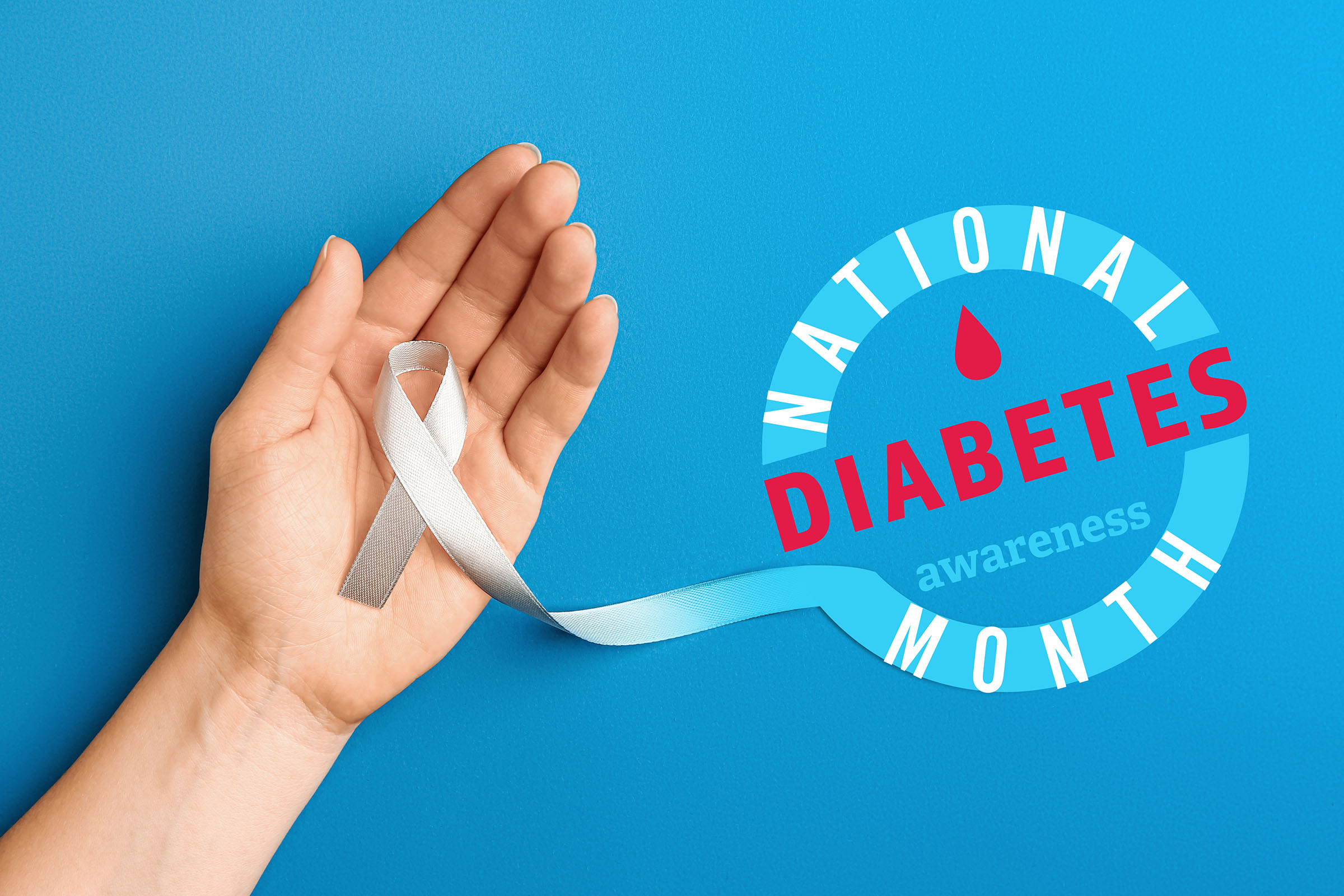Prediabetes is cause for concern
Tuesday, November 1, 2022
 Don’t be fooled by the pre in prediabetes. Prediabetes is a serious health condition
that about a third of American adults have. What’s scary is about 80% of those adults
are unaware of their condition.
Don’t be fooled by the pre in prediabetes. Prediabetes is a serious health condition
that about a third of American adults have. What’s scary is about 80% of those adults
are unaware of their condition.
Janice Hermann, Oklahoma State University Extension nutrition education specialist, said prediabetes puts a person at an increased risk of developing type 2 diabetes, heart disease and stroke.
“While prediabetes is a serious health risk, health problems increase even more for people for those individuals who go on to develop diabetes,” Hermann said. “This is why it’s important to make healthy choices and live a healthy lifestyle.”
What causes prediabetes? Insulin is a hormone made by the pancreas that lets blood sugar into cells to use as energy. If you have prediabetes, your cells don’t respond normally to insulin, so your pancreas makes more insulin to get the cells to respond. Eventually your pancreas can’t keep up and your blood sugar rises, which sets the stage for type 2 diabetes down the road.
People with diabetes often develop major complications including kidney failure, blindness and nerve damage. Nerve damage can lead to the amputation of a toe, foot or leg. As more diabetes-related health issues occur, people with the disease are two times more likely to become depressed. All of these issues can greatly diminish a person’s quality of life.
People can have prediabetes for years with no clear symptoms. Hermann said it’s important to talk to your primary care physician about getting your blood tested if you have any of the risk factors, including:
- Being overweight
- 45 years old or older
- Having a parent or sibling with type 2 diabetes
- Being physically active less than three times per week
- Ever having gestational diabetes or giving birth to a baby weighing more than 9 pounds
- Polycystic ovary syndrome
Race and ethnicity are also factors. Those at higher risk include African Americans, Hispanic/Latino Americans, American Indians, Pacific Islanders and some Asian Americans.
“If you’re diagnosed with prediabetes, think about it as a fork in the road. If you ignore it, your risk of developing type 2 diabetes continues to increase,” Hermann said. “However, if you address it and make changes, your risk goes down. Losing even a small amount of weight can make a big difference. Increasing your physical activity to at least 150 minutes per week also helps cut the risk. Small changes over time will add up.”
Other changes can include making half your plate fruits and vegetables and focus on whole fruits. Make half your grains whole grains and vary your proteins. Switch to low-fat or fat-free milk or yogurt and choose foods and beverages with less added sugars, saturated fat and sodium.
“Just a few simple changes and you’ll feel healthier and have a better quality of life. As you age, you’re more likely to stay independent,” she said. “It also will make it easier to keep up with your children and grandchildren.”
